iOS 15: The 15 best new features for your iPhone
iOS 15 will bring a lot of changes to the iPhone — here are our favorites so far
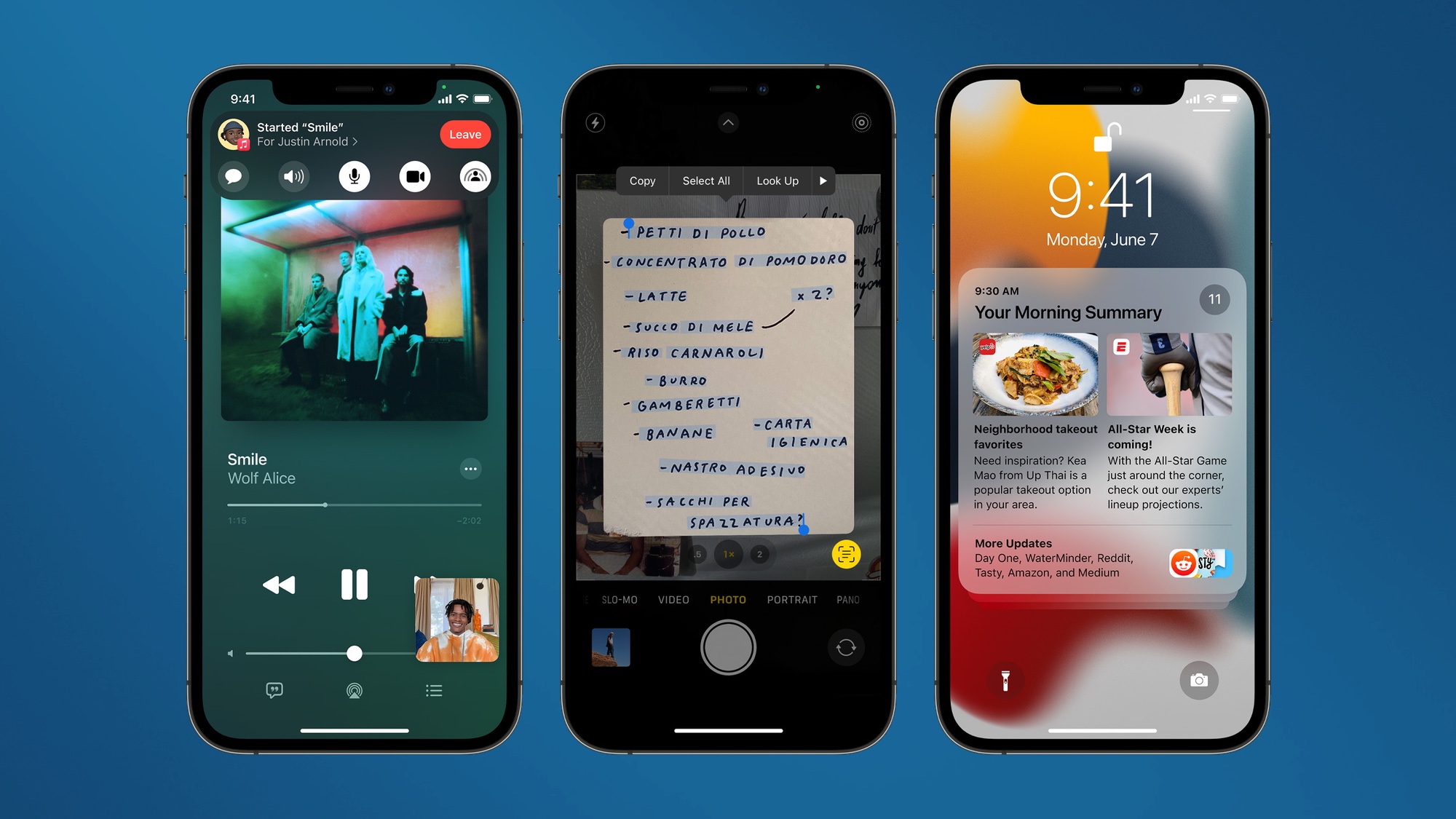
iOS 15, currently in the hands of developers and arriving as a public beta in July, is a massive update. The changes don't necessarily reinvent how you'll use your iPhone; rather, it's more of a refinement. But there are a lot of changes in iOS 15, so many that Apple's own summary of what's new and improved in the iPhone software update becomes a sprawling list of bullet points in a seemingly never-ending scroll.
To put it another way, last year's iOS 14 update may have substantially changed the look of Apple's iPhone software. But iOS 15 introduces so many changes and tweaks here and there, that it's bound to take at least some aspects of your iPhone experience and make it better. Or at least, that seems to be the game plan.
- iPadOS 15: These are the changes coming to the iPad this fall
- iPhone 13: Release date, rumored features and more
- Plus: iPhone 13 — what iOS 15 could tell us about the new iPhone
Apple is positioning iOS 15 as a software update that aims to help you better connect with others, focus more on the task at hand (even if that task is, specifically, relaxing rather than working) and explore more of the world around you with the help of improvements to the iPhone's built-in apps. Apple also is looking to leverage more of the on-board intelligence built into the iPhone, though Android users will be forgiven if they think some of those features seem like copycats.
It'll be a few weeks before the iOS 15 public beta arrives, giving us a chance to explore iOS 15's enhancements in great depth. Only then will we have a full summer of updates to get familiar with all the new features. The full version of iOS 15 ships in the fall, likely around the same time as the iPhone 13. Until we have more of a chance to examine the software update for ourselves, here's an overview of top features in iOS 15 and how it’ll impact the ways you use your phone.
A new look for Notifications in iOS 15
Because everyone deals with notifications, any change to those incoming alerts is going to be a big deal. And despite the notification management tools Apple introduced back with iOS 12, the constant stream of banners from text messages, app alerts and other outside forces vying for your attention is a little much for many iPhone users to bear.
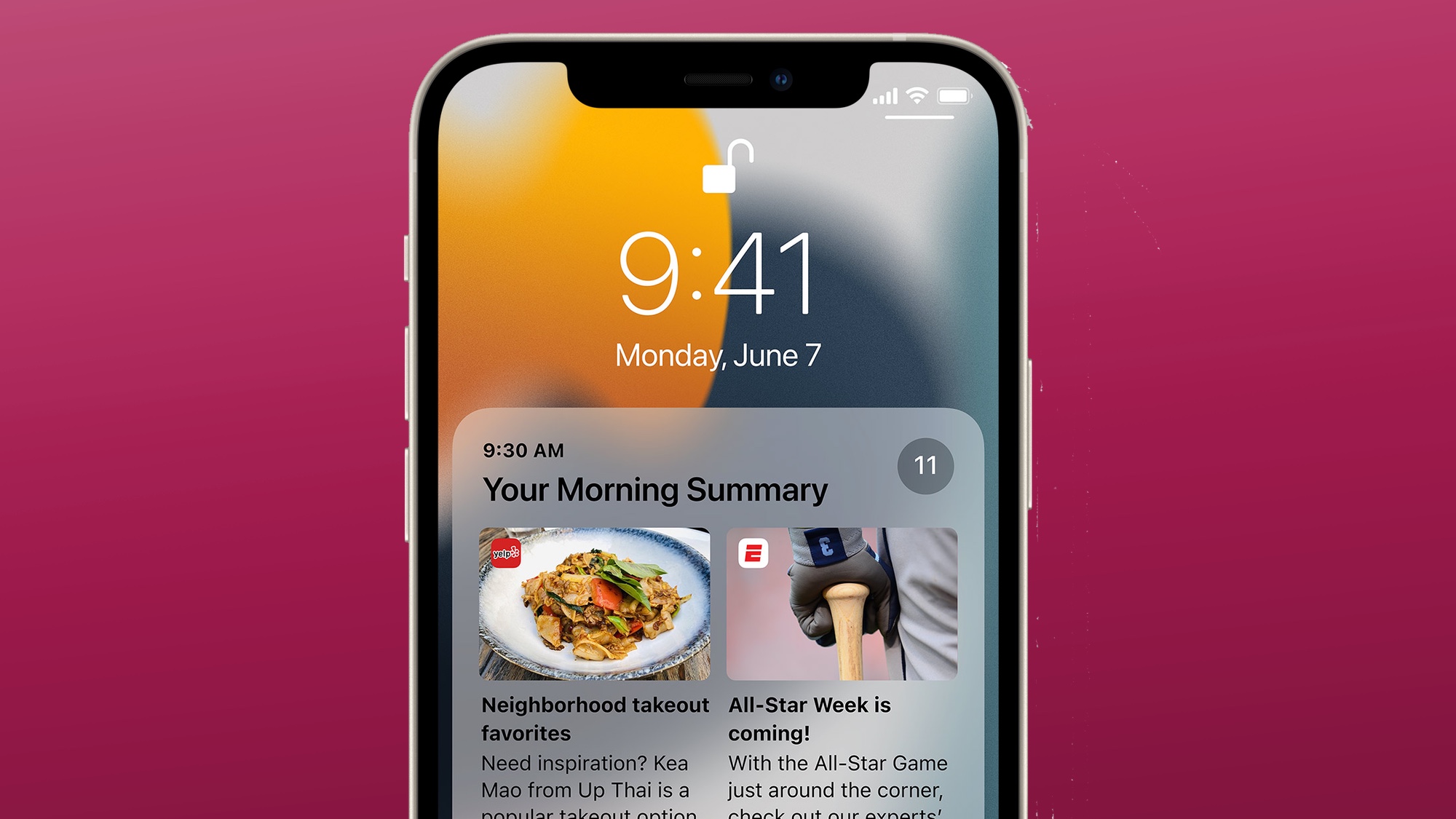
iOS 15 takes a multi-pronged approach to fighting notification fatigue, and part of it starts with redesigning their look. Alerts from apps now include a larger app icon, while incoming messages, calls and email is highlighted by the picture of the person trying to reach (at least if there's a photo of them in your Contacts, one assumes). The idea is this makes it easier to do a visual triage of notifications — your eye will likely be drawn to the people you recognize and the apps you value.
You can also arrange to have your notifications grouped together in a summary that's available in the morning and evening. (iOS 15 will also give you the option of setting a specific time for your notification summary.) The summary automatically prioritizes the messages that require your attention the most — presumably, frequently used apps and favorited contacts jump to the head of the list. Think of it as a way to deal with notifications on your own schedule rather than flinching at every ping from your iPhone
Sign up to get the BEST of Tom's Guide direct to your inbox.
Get instant access to breaking news, the hottest reviews, great deals and helpful tips.
iOS 15 Focus Mode
Notification management in iOS 15 also extends to a new Focus Mode Apple plans to introduce. Think of it as a more intelligent form of Do Not Disturb that's capable of recognizing which notifications you need to see at a given point in time and which ones can be kept out of view.
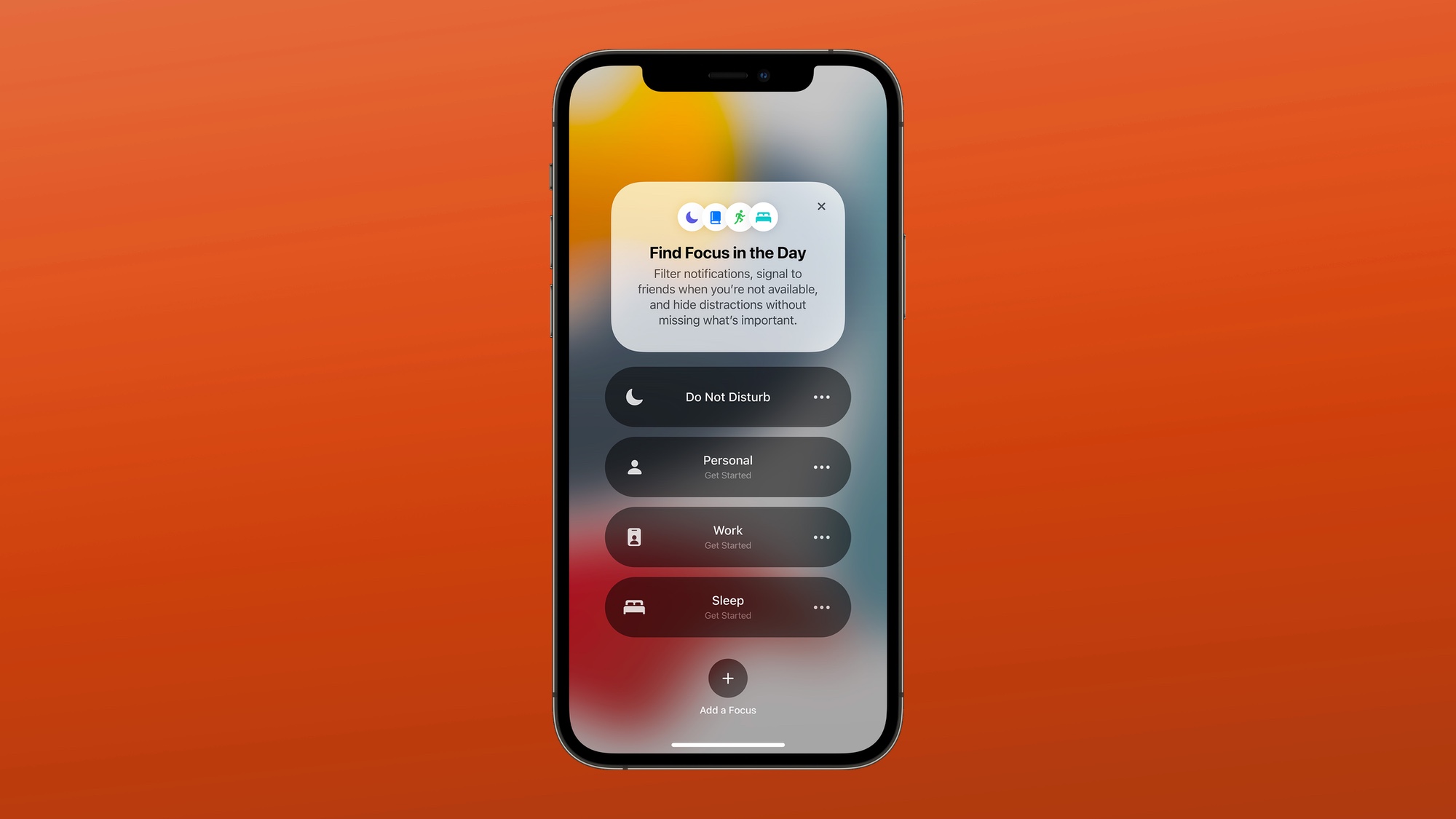
Do Not Disturb remains in iOS 15, but it's augmented by other Focus Mode settings — Personal, Work and Sleep are the defaults, but you can create your own for when you're gaming, reading, driving or doing other tasks. With each Focus Mode setting, you'll be able to specify what notifications do get through. Work mode, for example, could let in Slack messages from your team, email messages from your boss, and the like, just as the Personal setting could block out all those work messages.
Focus mode is about more than notifications, though. You can also set up specific home screens for the mode you're in. Again, using that Work Mode example, apps you need for your job would appear front and center in work mode, while potential distractions — games, social media, streaming apps — could be banished to the cornfield until you change your Focus setting.
The success of Focus Mode will depend on how easy it is to manage and how effective its notification-blocking powers are. But on paper, it sounds like an effective tool for helping you claw back more of your time and attention.
FaceTime enhancements
We've spent the past year and change on video messaging apps, so it figures that Apple would want to polish up its video chat offering for iOS 15. FaceTime features the kind of improvements you'd expect for a video messaging app — FaceTime adds a grid view that stacks chat participants in equally sized tiles if you're not a fan of the app's current cluttered look. Spatial audio support makes people's voices sound as if they're coming from where they're oriented on the screen for more realistic conversations. You can also easily switch between Voice Isolation mode, which hones in on your voice, and Wide Spectrum mode, which pulls in all the sounds around you.
In one of those "why didn't they do this before?" enhancements, iOS 15 lets you schedule calls in FaceTime, even generating a little link that people can tap on to join the call at the appointed time.
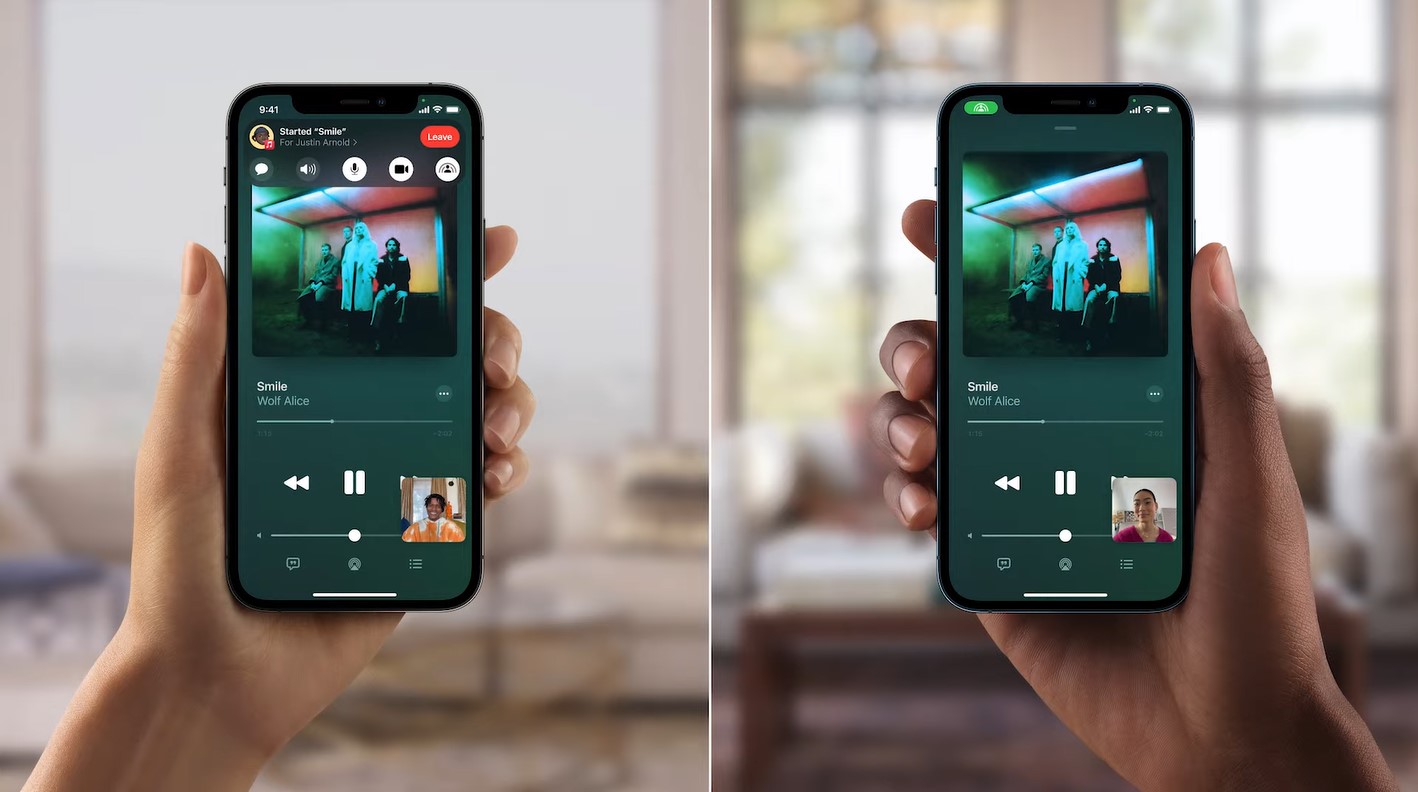
The most eye-catching change in FaceTime, though, is its new SharePlay feature, which lets you watch videos, listen to music and share your screen with other people on your FaceTime call. SharePlay will also work on the Mac and iPad, as well as Android and Windows through a web interface. ShareTime syncs the content between devices so that everyone experiences it at the same time; when one person pauses the video or music, it's paused for everyone. An auto-ducking feature lowers the volume of the movie, show or song you’re sharing when the people on your FaceTime call want to chat over it.
This behavior approximates a lot of watch-along features that people adopted during the coronavirus pandemic to stay connected with friends. The difference is that while those methods usually involved, adding an extension to a video messaging tool, FaceTime is baking those controls right into the app. Apple is also releasing an API for developers to add their own SharePlay support, and the company's lining up streaming service partners like Disney Plus, Paramount Plus, Hulu and more to take advantage of the feature once iOS 15 is available.
Safari's overhaul in iOS 15
Many built-in apps see new features in the annual iOS updates, and iOS 15 is no exception in that regard. The most substantial changes are coming to Safari, which reflects a similar overhaul Apple has planned for its Web browser in macOS 12 Monterey.
Safari's getting a more streamlined look on Macs, so Apple is adopting that for the iPhone's smaller screen. In iOS 15, that means a new look that moves the browser's tab bar shrinking and moving to the bottom of the screen. That makes it easier to access with one hand, even if you're using a larger iPhone. As you scroll down the page, the tab bar moves out of the way. (This will also happen when you tap the screen.)
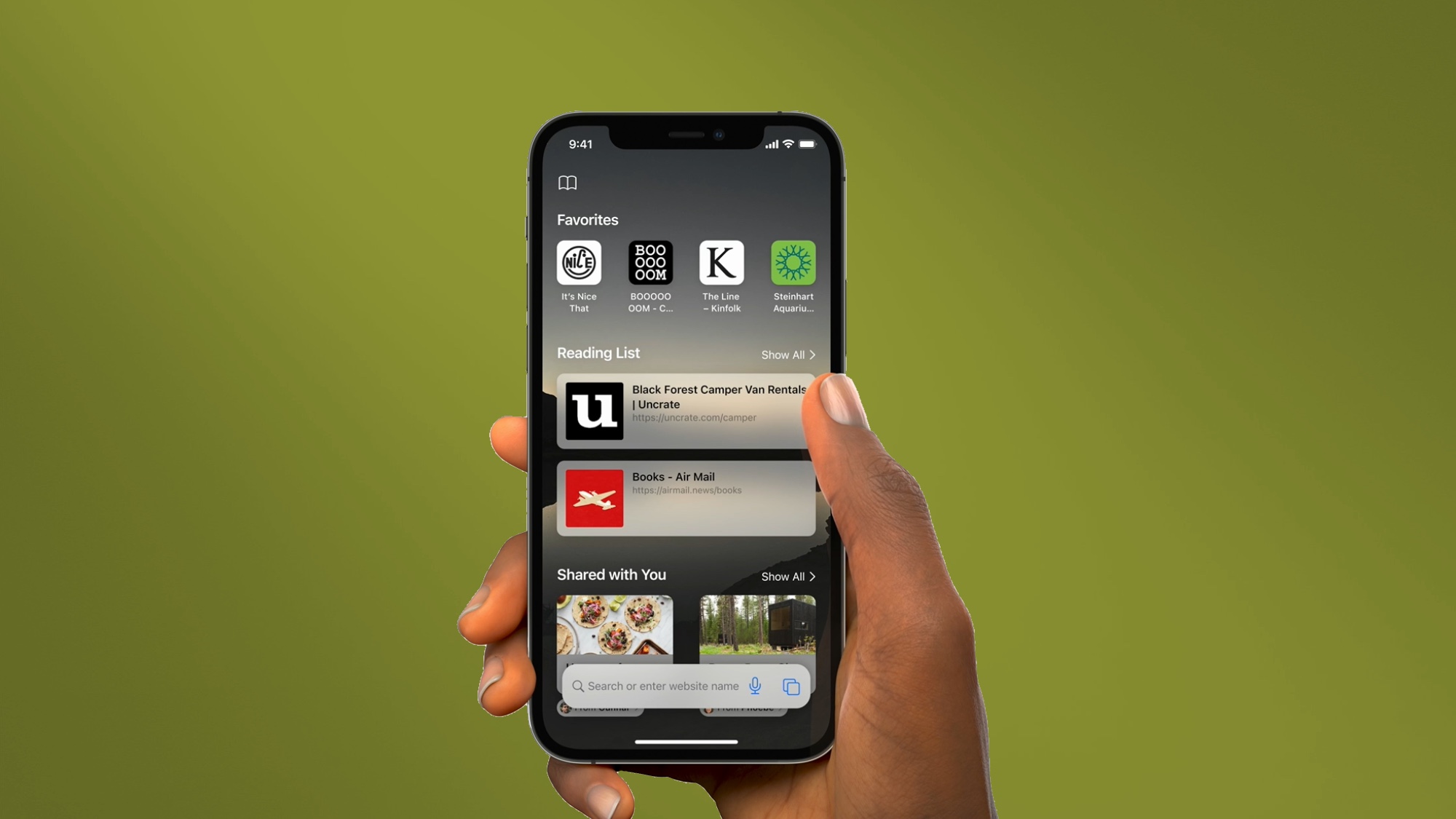
The tab contains a lot of Safari's navigation in iOS 15, in fact, as it now integrates the smart search field. The tab bar is also where you'll access grouped tabs — another feature making its way over from macOS Monterey — where you can group together related browser windows. Your group tabs sync between devices, too, presuming you're using the latest versions of iOS, iPadOS and macOS.
More Maps features in iOS 15
Safari gets the most dramatic overhaul, but Maps has its share of changes in iOS 15, too. The app will introduce a lot of enhanced details to show off mountain ranges and deserts. Apple also plans to add more details to city views, such as elevation, buildings, trees and detailed landmarks. Those will appear in select cities when iOS 15 launches and roll out to additional cities over time — the standard way Apple introduces many of its Maps improvements. You'll need an iPhone powered by an A12 Bionic processor or later to enjoy this feature.

One change that drivers will appreciate is the more detailed driving map that can show you lanes, crosswalks and medians, along with real-time traffic and road incidents. Particularly tricky interchanges will show up as a road-level 3D view to help you better navigate any lane changes or merges.
As a devotee of public transit, I'm looking forward to the improvements iOS 15 is introducing in the form of maps that show key routes, letting you follow along on your journey; you also get notifications when you're near your stop. Best of all, Maps will let you pin your favorite routes so that departure times will always appear when you're near a route. Taking its cue for Google Maps, Apple is adding immersive walking directions to Maps that show the steps you need to take in augmented reality, another feature requiring an A12-powered phone.
Messages in iOS 15
Messages received a lot of attention in iOS 14, so the chat app doesn’t get quite as much of a going-over in iOS 15. But since this is the app that a lot of iPhone users are spending their time in, you can expect a few enhancements to Messages.
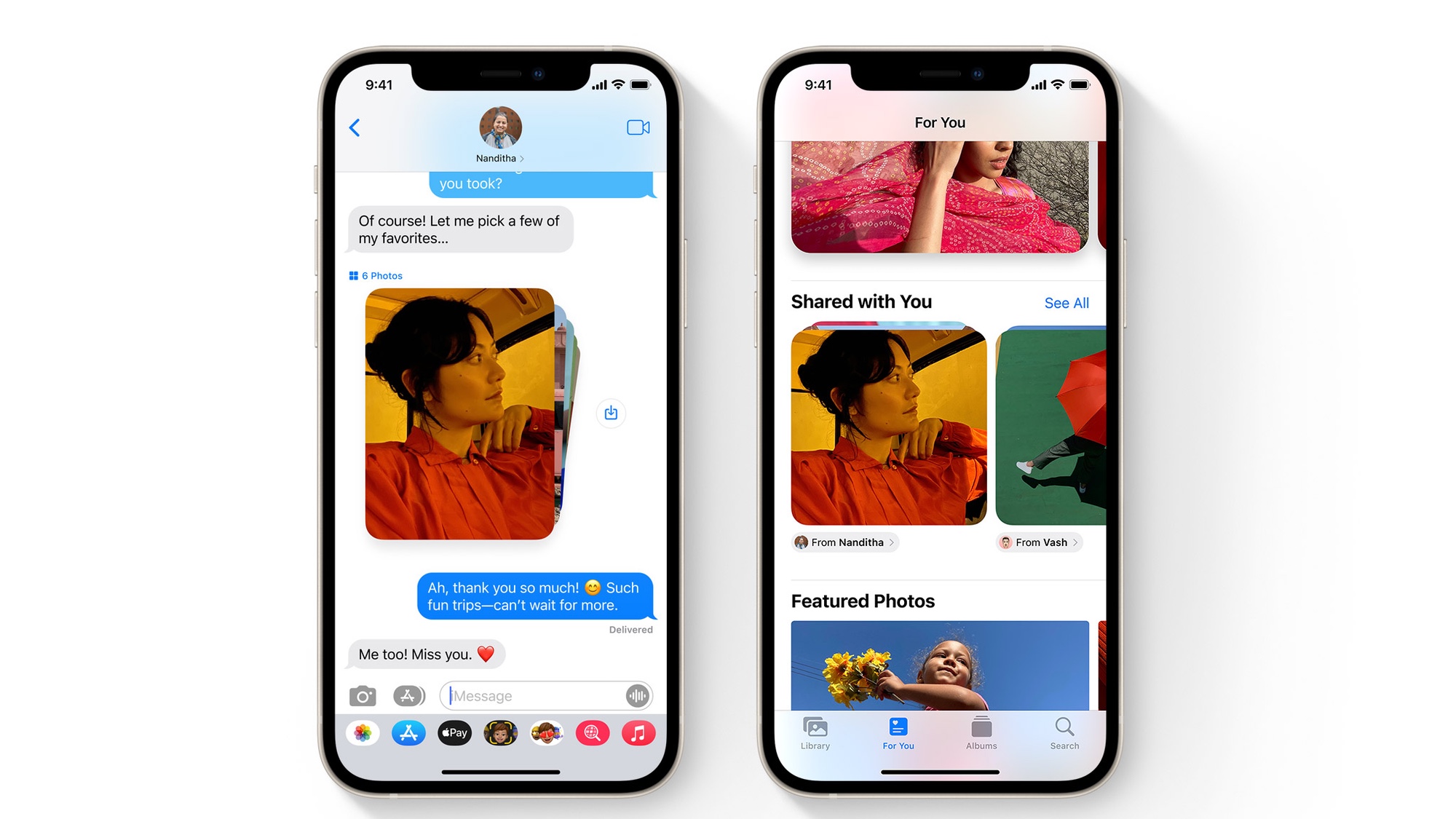
The biggest change is a Shared With You feature. Now when someone shares a link to an Apple News story, an image in Photos, or a podcast episode in the Podcasts app, tapping the link takes you to a dedicated section in the corresponding app. (Apple Music and Apple TV will be supported too.) In the Shared With You section, you can reply to the person who sent you the link, without having to jump back to Messages; you can pin shared content in Messages as well for easy access later.
Memojis get the usual round of enhancements, with new clothing and eyewear choices, multicolored headwear, and accessibility options. The idea, as ever, is to continue to make Memojis as inclusive and personal as possible.
iOS 15's Wallet
You know it's a pretty big iOS update when even Wallet is getting new features. Apple is building on the success of letting you use your iPhone as a car key to extend that support to home keys, office security cards and hotel keys. (And yes, iOS 15 should add support for more vehicles, too.) The success of this particular feature will hinge on getting support from smart lock makers, hotel chains and car makers, but something tells me those outfits will be eager to work with Apple on this.
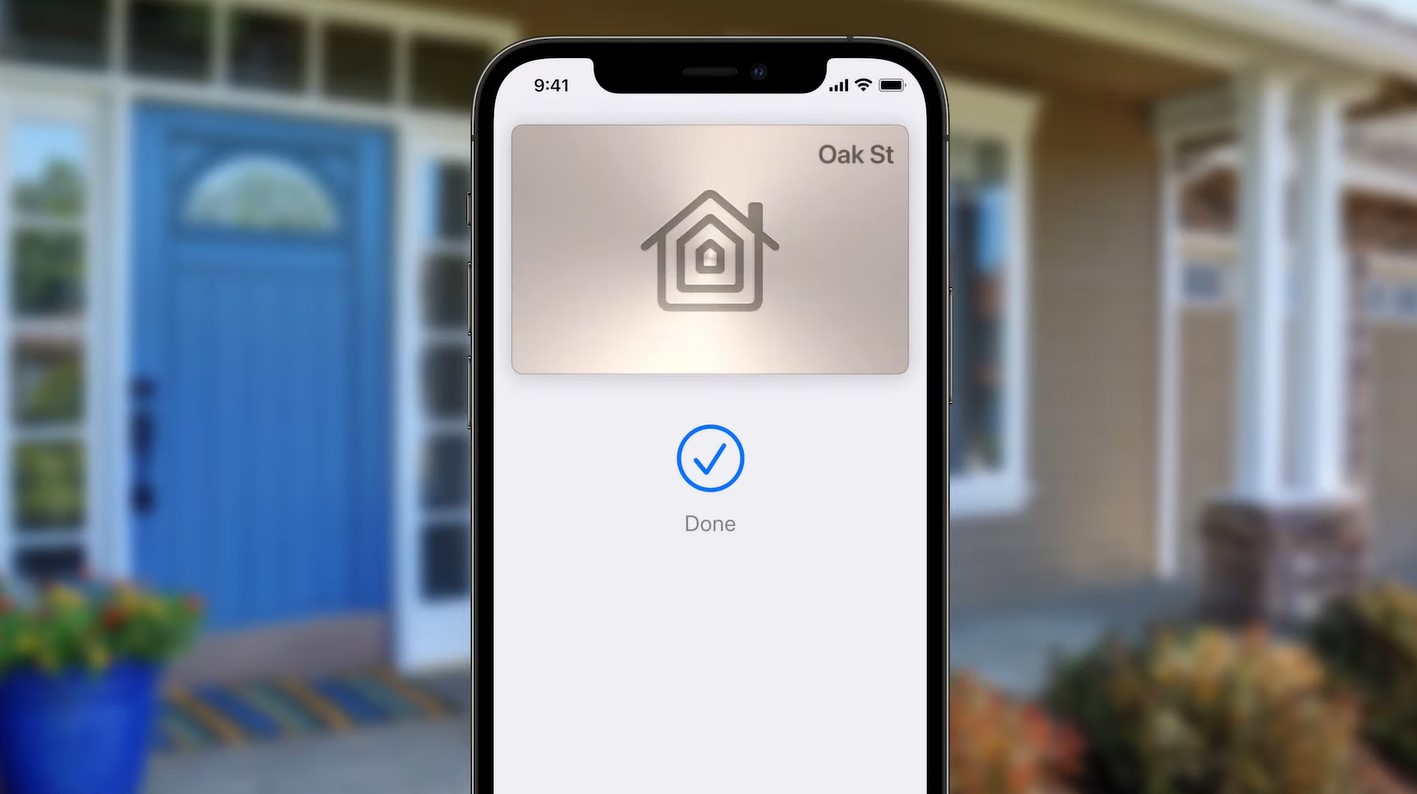
Apple wants to further do away with your physical wallet by including identification cards in its mobile app. iOS 15 takes a big step toward this goal by letting you upload your drivers license or state ID card into your phone. Apple says that feature will come in late 2021, and be available in "participating states." We'll have to wait to find out which states have signed on, though. Likewise, Apple is working with the Transportation Safety Authority to present your digital ID at TSA checkpoints.
iOS 15's Health additions
The Health app can already collect a lot of data about everything from steps to body measurements — so much so that iOS 15 is introducing a trends analysis feature that better charts your progress over time and even alerts you when it detects any new trends in your health. The update also adds the ability to monitor walking steadiness — a new metric that can help doctors determine if you're at risk of falling.
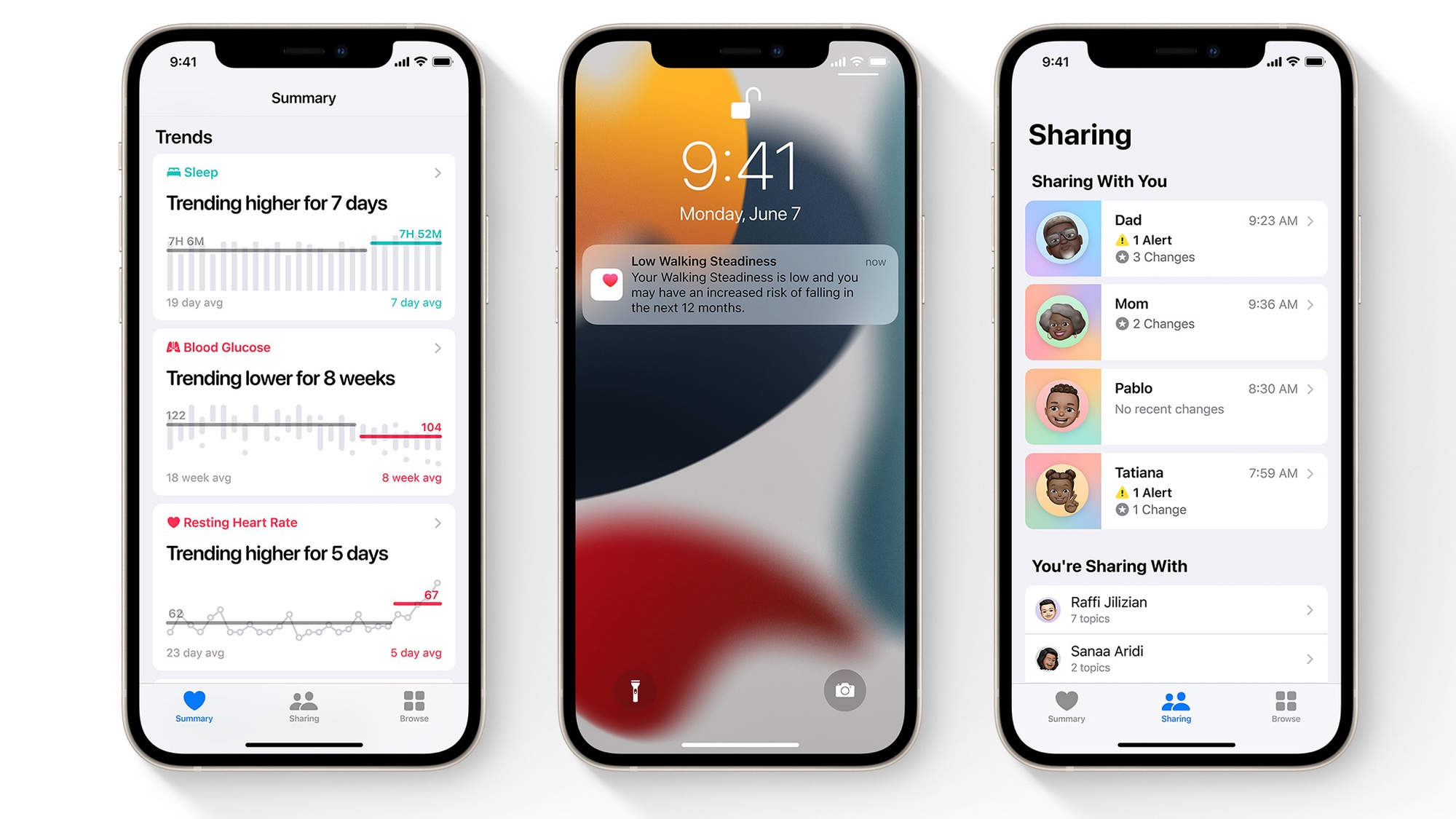
Perhaps the most significant change to Health in iOS 15 will be its ability to securely share all the data you have stored with your doctor. Likewise, family members will be able to share health data with each other — a welcome addition if you've got an older parent whose health you'd like to keep an eye on.
iOS 15's Home app
Amazon's Alexa and the Google Assistant have a head start, but iOS 15's changes to HomeKit and the Home app should improve Apple's standing in the smart home world. The most significant change will be the addition of Siri to third-party devices. Siri support will require HomePod, but it means you'll be able to talk to Siri through more of your connected devices.
Home is also getting a package detection feature that uses HomeKit Secure Video, your security cameras and video doorbells to recognize packages and notify you that they've arrived at your home.
A new look for Weather in iOS 15
Few apps have benefitted from an Apple acquisition the way the built-in Weather app has. Thanks to the purchase of Dark Sky, we saw some of those changes in iOS 14. But the version coming with iOS 15 figures to really improve the app's look and features — so much so that Apple's built-in tool will do a lot of the things you'd normally turn to one of the best weather apps to handle.
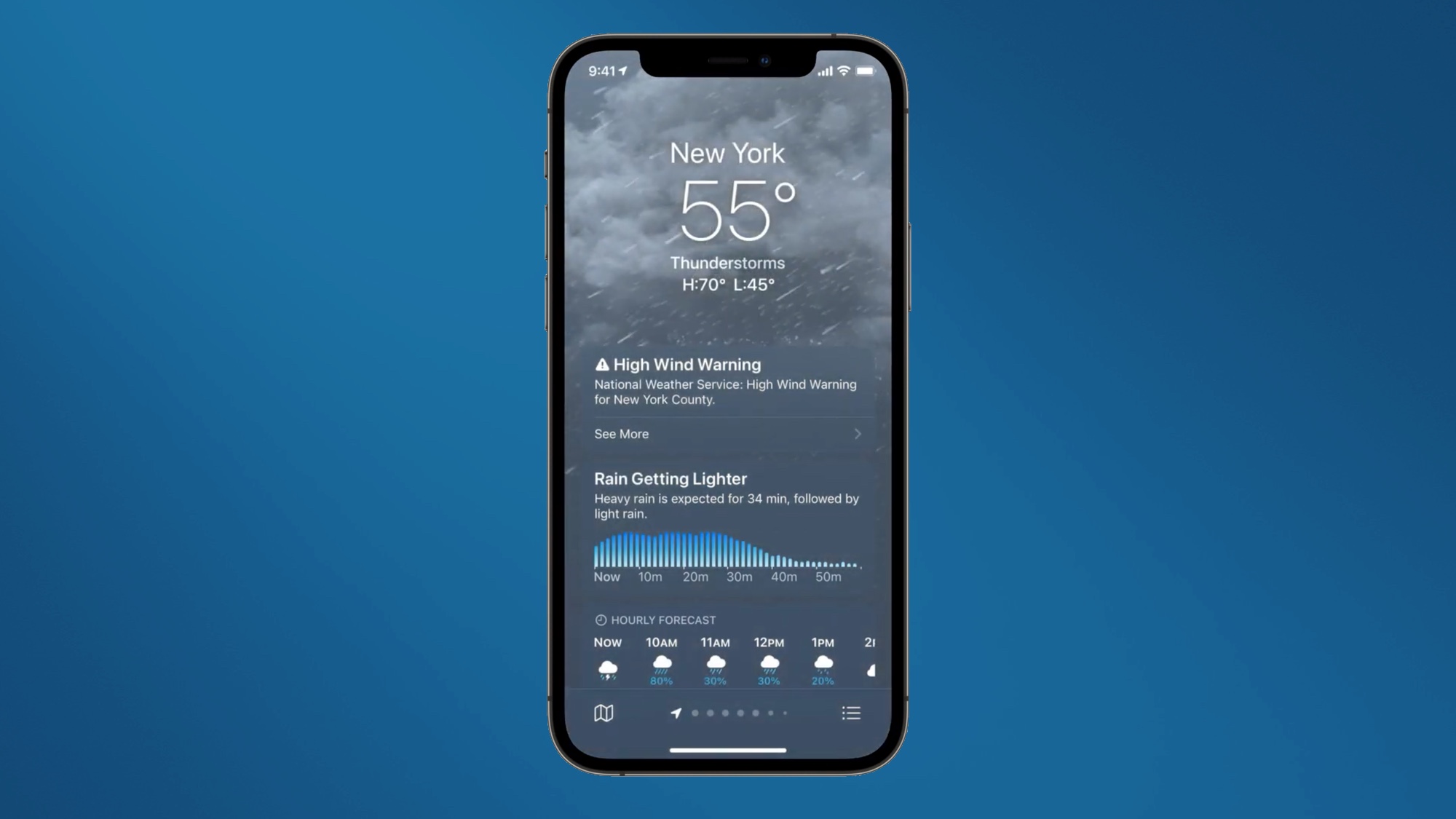
The Weather app will get an improved look in iOS 15, highlighted by new graphic displays that match the forecast, right down to the animated backgrounds. But Apple is also including precipitation, air quality, and temperature maps that show a greater amount of weather detail than you'd expect from a pre-installed weather app.
Visual Lookup and Live Text
Anyone who's ever used Google Lens will likely recognize the Visual Lookup and Live Text features Apple is adding to iOS 15. But just because something's been done on another platform doesn't mean it won't be a welcome addition to the iPhone as a built-in capability.
Visual Lookup does what it says in the name: You take a photo of something, and you'll be able to swipe up or tap the information button to learn more about that object. It should come in handy when looking at statues, artwork, or historical points of interest.
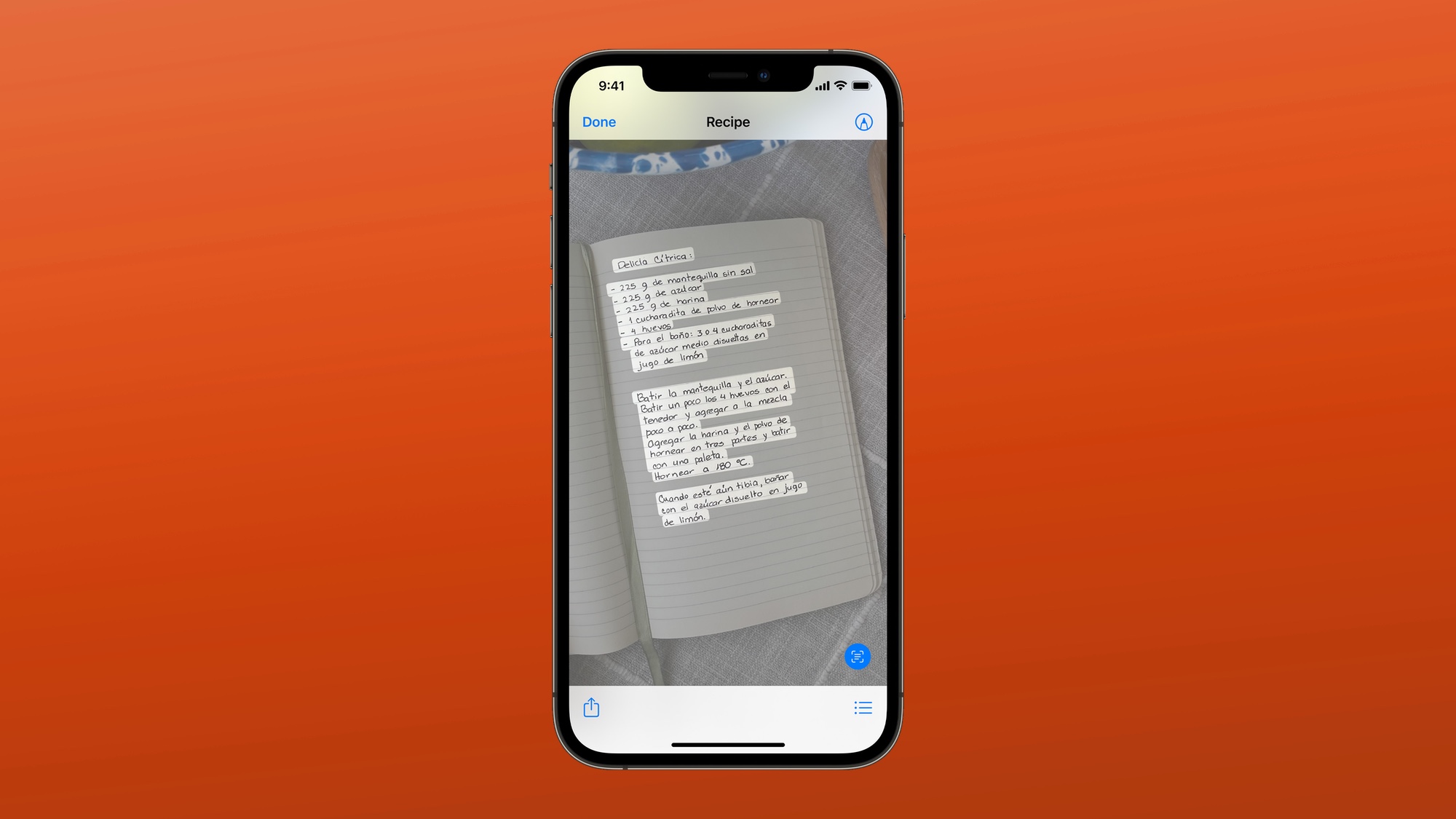
Live Text is the more interesting capability, and it really speaks to Apple's urge to put artificial intelligence to work in iOS 15. Live Text recognizes text in photos, which you can highlight and then copy, saving it into a note or message. If the text in question is a sign or address, you can tap it to look up a location in Maps, while a phone number will trigger a phone call. Photos, Screenshot, Quick Look, and Safari will support Live Text in iOS 15.
New privacy tools in iOS 15
Apple's been making a big push with privacy in recent years, as it tries to differentiate itself from rival tech giants who've been more cavalier about user data. (No names, but the culprit Apple's probably thinking of rhymes with "Face" and "Book.") The recent iOS 14.5 update, for instance, added the ability to require third-party apps to ask your permission before they track you.
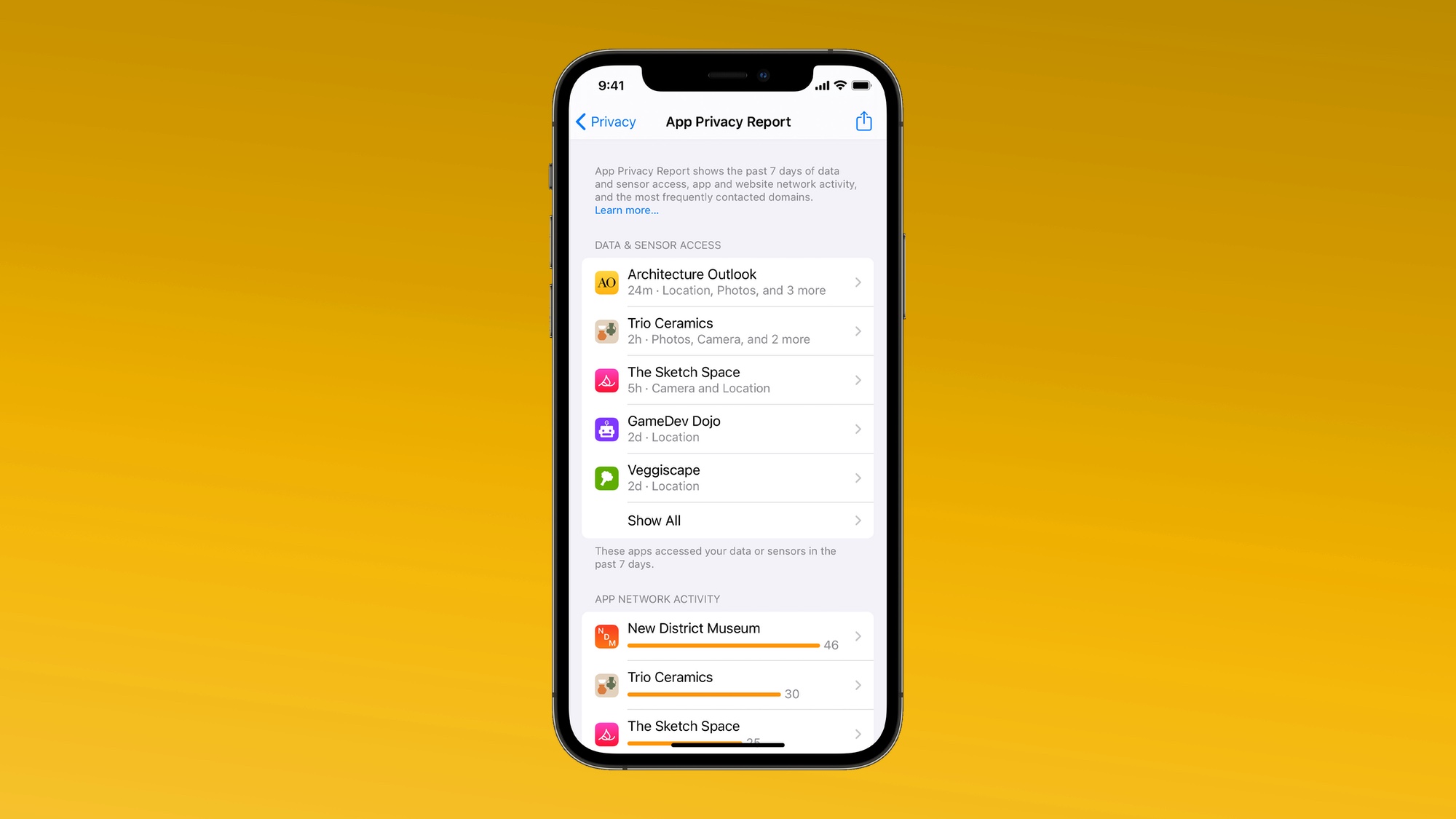
iOS 15 looks to continue those privacy efforts, highlighted by a new App Privacy Report feature in Settings that will detail just how frequently apps access your location, photos, camera, microphone and contacts. That way, you can revoke permissions if an app's being a little too forward. Apple also promises that its report card will show which apps are accessing other domains to give you a sense of where your information is being shared.
Mail will also become a little bit more secure in iOS 15, thanks to Apple's Mail Privacy protection feature. Turning on this capability hides your IP address and prevents senders from knowing if you've opened their email — a helpful tool for foiling any marketing campaigns that want to track you.
Photo changes in iOS 15
The Photos app looks to enhance the Memories feature that collects photos about a particular occasion, place or person into a single album. Apple promises a more immersive version in iOS 15, with an interactive interface, automatic color adjustments and new animations. If you subscribe to Apple Music, you'll also be able to apply songs from that massive library as the backing tunes for your Memories.
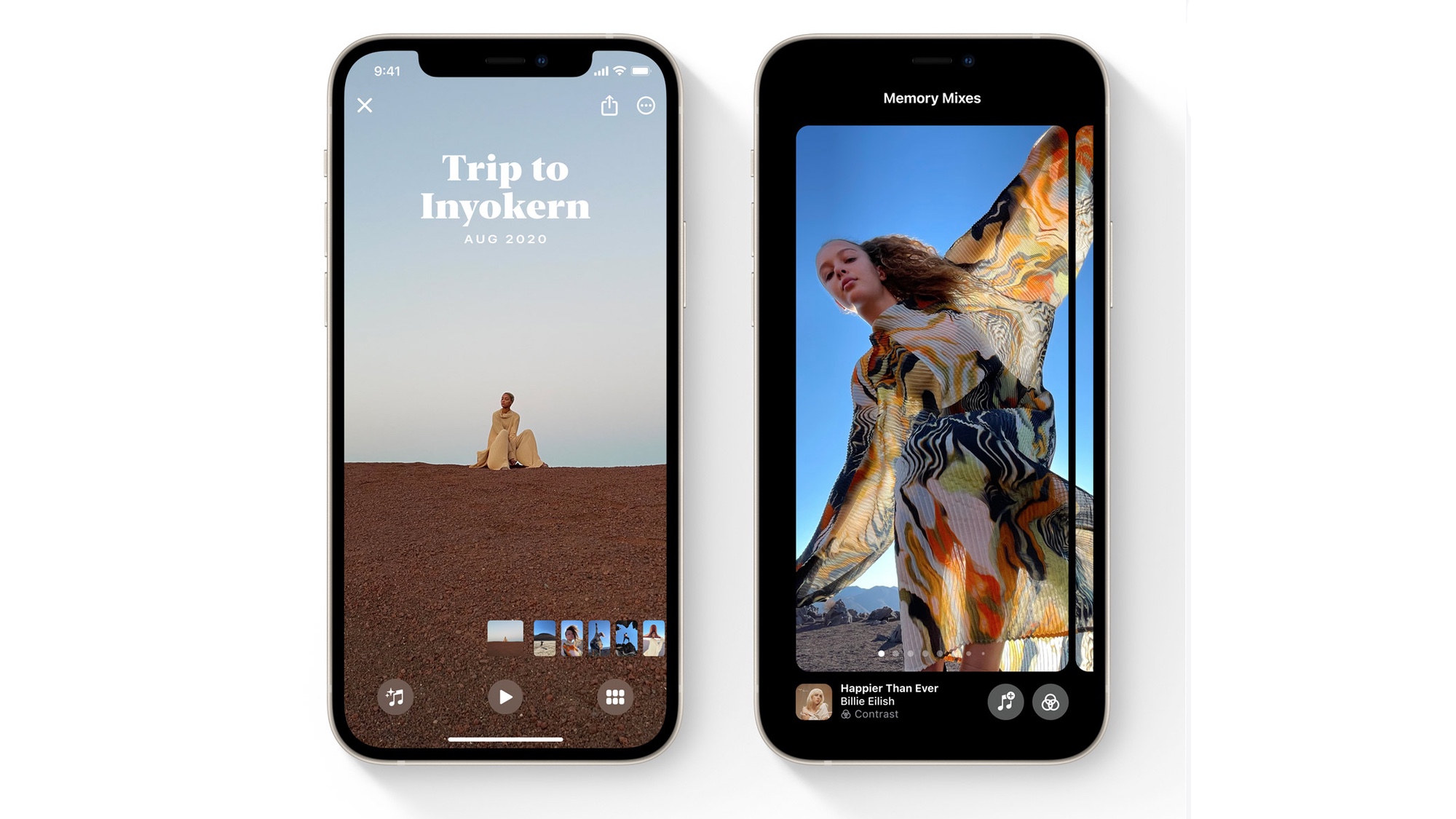
I think the biggest change to photos stored on your phone, though, is that they're now searchable with the Spotlight search tool that you access by swiping down from the home screen. You'll be able to search for photos by people and locations as well as objects in the photos themselves. And thanks to Live Text, you can even search for photos that have specific text in them.
Meet iCloud Plus
Apple plans to replace its paid iCloud storage plans with a new service called iCloud Plus. This is more than just a name change, though, as iCloud Plus introduces several new features, two of which are related to privacy. iCloud Private Relay lets you connect to websites while hiding your IP address and encrypting your activity; Hide My Email adopts a Sign In with Apple feature by creating unique, disposable email addresses for times when you don't want to share your real email address with an online form or registration. Additionally, iCloud Plus expands support for HomeKit Secure Video.
iCloud Plus plans start out at 50GB of storage with one HomeKit Secure Video camera for 99 cents a month and range up to 2TB of storage and unlimited cameras for $9.99/month.
More widgets in iOS 15
Easily the biggest change in iOS 14 last year was the ability to add app widgets to your home-screen, giving you at-a-glance info like the current temperature or upcoming appointments. It's easily the best change Apple has made in years, I would argue, so it's no wonder that iPadOS 15 is bringing widgets to the iPad's home screen.
Additionally, iOS 15 promises new widgets that didn't appear in last year's update. Apple promises new widgets for such apps and features as Find My, Game Center, App Store Today, Sleep, Mail, and People with Family Sharing integration.
Philip Michaels is a Managing Editor at Tom's Guide. He's been covering personal technology since 1999 and was in the building when Steve Jobs showed off the iPhone for the first time. He's been evaluating smartphones since that first iPhone debuted in 2007, and he's been following phone carriers and smartphone plans since 2015. He has strong opinions about Apple, the Oakland Athletics, old movies and proper butchery techniques. Follow him at @PhilipMichaels.

